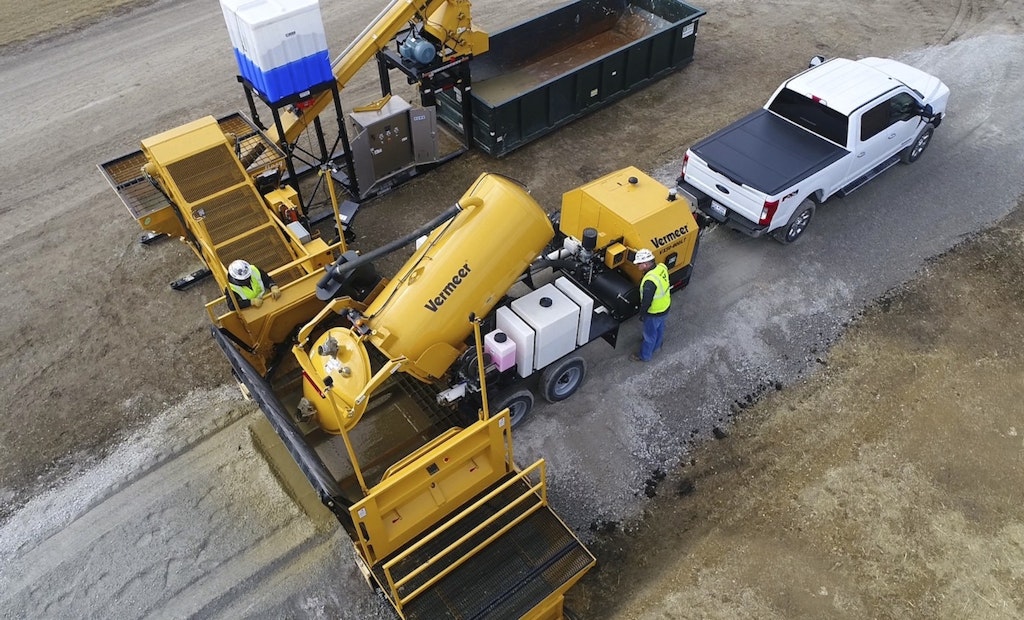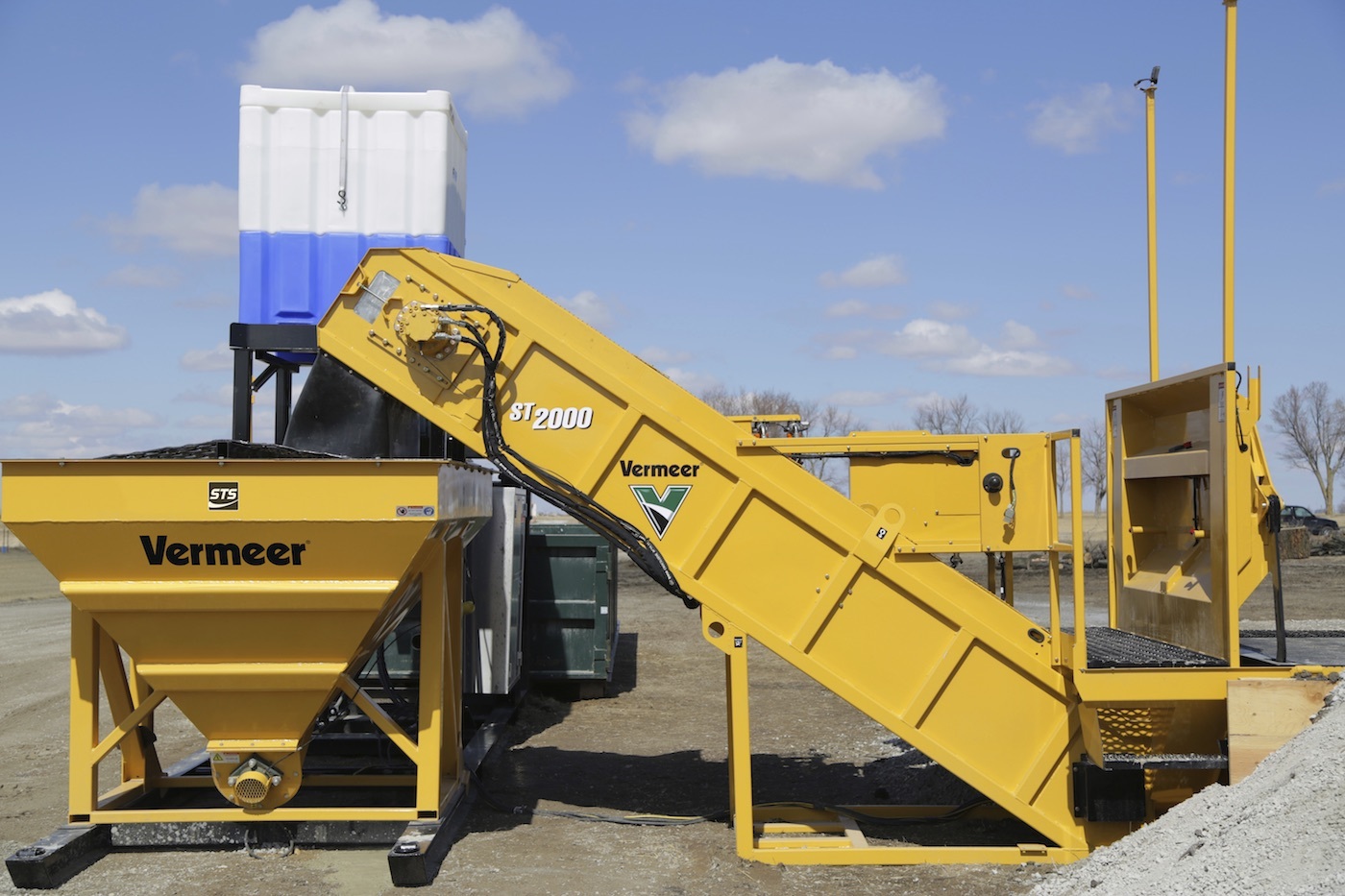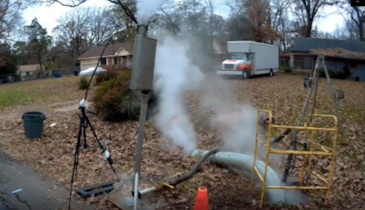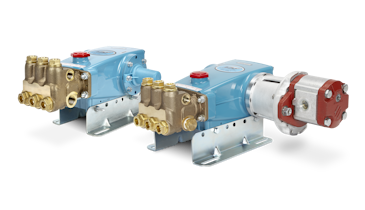Interested in Drilling?
Get Drilling articles, news and videos right in your inbox! Sign up now.
Drilling + Get AlertsMud, or drilling fluid, can have an impact on your company. From selecting the right additives to choosing the right volume of fluid to pump to determining the most efficient way to dispose of the used slurry, managing mud is a skill that horizontal directional drilling crews need to understand.
Mud is key to making your HDD crew work more efficiently. It provides coolant for downhole electronics (sonde), suspends and displaces cuttings, reduces wear on tooling and aids with stability by reinforcing and maintaining the walls of the borehole. However, to do all of that, you and your crew need to understand the art and science behind using mud.
Starting with the right additives
Bentonite is the staple drill additive for almost every HDD crew. While many bores can be completed with just bentonite alone, there are certain soil conditions where other drilling fluid additives can be helpful.
- •Working in nonreactive clay? Start with bentonite for primary filtration control. You may also need to add soap or detergent to keep downhole tooling clean.
- •Working in reactive clay? Bentonite should be used for primary filtration control with a PAC polymer for secondary control. If you’re concerned about the clay swelling, you can also use a PHPA polymer. You may also want to use a soap/detergent to prevent clay from sticking to your tooling.
- •Working in sand? Again, bentonite is an excellent primary filtration control agent, but you’ll also want to use a PAC polymer and/or a larger molecular weight polymer to help with suspension.
- •Working in rock or fractured rock? Bentonite may be all you need, but if your cuttings aren’t making their way out of the drill hole, you may want to use a larger molecular weight polymer to aid with suspension. A secondary filtration control additive like a PAC polymer may also help.
Bagged versus premix additives
In recent years, liquid premixed drilling additives have found their way into the HDD industry. Drilling additive manufacturers have made mixing mud more convenient with premixed drilling additives for a wide range of soil conditions.
These new liquid additives are giving HDD crews even more options to consider. For help with determining if these new additives are right for you, connect with your local Vermeer dealer.
You can also read more about mixing mud here: How to plan and mix your best HDD drilling fluids.
Fluid needs
In addition to making sure you’re using the right additives and thoroughly mixing them to the appropriate viscosity, you need to make sure you’re pumping the optimum amount of fluid through the drill string to maintain hole integrity and flush cuttings.
Soil conditions, hole diameter and distance are all factors in how much fluid you should be pumping.
You can learn more about how much fluid you should be using by reading this article on calculating reamer pullback drill rates.
The critical thing to remember is ensuring the drill operator is seeing returns that are in line with what’s being pumped into the hole. If your crew isn’t seeing the level of returns it should be, it could be the result of cuttings not being flushed from the hole, which can lead to inadvertent returns or cause downhole tooling to become stuck.
On the subject of inadvertent returns or frac-outs, it’s essential for your crew to understand their causes. A common misconception in the industry is that inadvertent returns are caused by using too much mud, but that is not always the case. When crews try to use less mud, cuttings don’t get flushed from the hole, which causes the material to build up around the drill string. As this pressure builds, the liquid material forces its way out through the path of least resistance, and that way is usually up to the surface. Inadvertent returns can also be the result of dry soil conditions at shallow bore depths or the result of using the wrong kind of drilling fluid additives.
Slurry disposal/management
With the rising costs of water, additives and disposal fees, you need to determine the most cost-effective methods of handling used drill slurry.
For utility crews performing small-diameter bores, using a vac system to suction the drilling slurry and then hauling it off to an approved disposal site is standard practice. However, depending on where your crews are working in proximity to the closest disposal station, it can be a significant out-of-pocket expense and affect production rates. Vacs stuck in traffic or having to travel long distances can bog down drilling operations. Also, if you have several crews working in the same area, travel times and disposal costs can multiply quickly.
If you find your crews in this type of situation, you may want to visit with your Vermeer dealer about the possibility of solidifying used drill slurry. By solidifying the slurry, it can then be stacked into a roll-off dumpster or the back of a truck, and you’ll have more dump site options, including a regular landfill. Vermeer has developed the MUD Hub solidification system to aid with this process.
If you’re using large volumes of fluids and additives on longer bores or in challenging ground conditions, it may be time for a reclaimer — they aren’t just for use with maxi rigs. Using a reclaimer like the Vermeer R250C modular mud reclaimer can help reduce your water and additive usage, and afterward you can dispose of it using one of the ways outlined above.
As you can see, from mixing to disposal, there are many factors involved with drilling fluid. If you need assistance, contact your local Vermeer dealer or check out any of the resources mentioned in this article.







